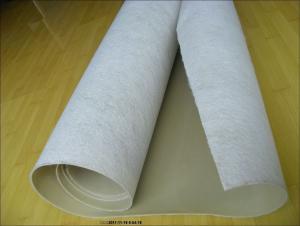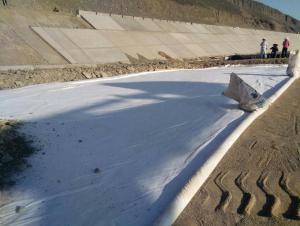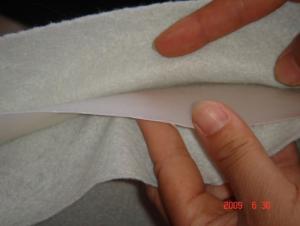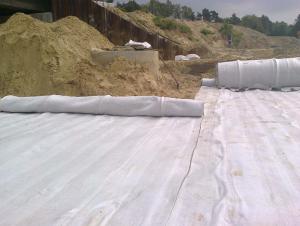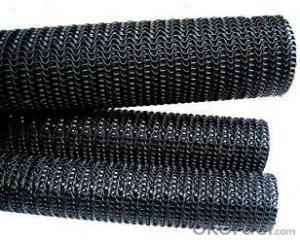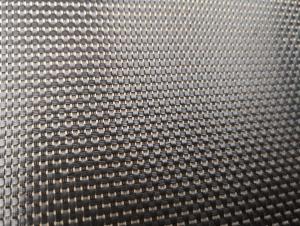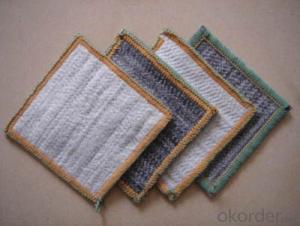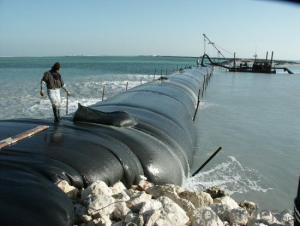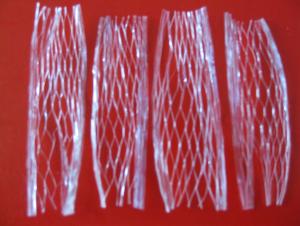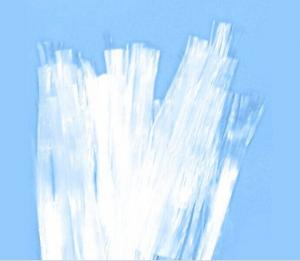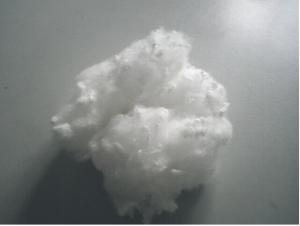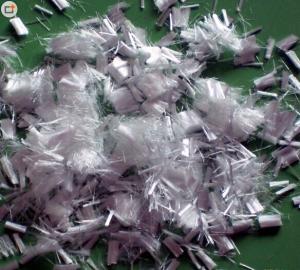Three Layers Geotextile Composite Geomembrane
- Loading Port:
- Qingdao
- Payment Terms:
- TT or LC
- Min Order Qty:
- 1000 m²
- Supply Capability:
- 500000 m²/month
OKorder Service Pledge
OKorder Financial Service
You Might Also Like
Geotextile Composite Geomembrane Description:
Geotextile composite geomembrane is made by nonwoven geotextile and PE/PVC geomembrane. It has geotextile and geomembrane, geomembrane with nonwoven geotextile on both sides, nonwoven geotextile with geomembrane on both sides, multi-layer geotextile and geomembrane.
Geotextile Composite Geomembrane Specification:
1)One geotextile and one geomembrane: geotextile 100-800g/m2, geomembrane 0.1-1.0mm
2)Geomembrane with geotextile on both sides: geotextile 100-400g/m2, geomembrane 0.2-1.0mm
3)Geotextile with geomembrane on both sides: geotextile 100-800g/m2, geomembrane 0.1-0.8mm
Geotextile Composite Geomembrane Technical Data Sheet:
Table 1: one layer geotextile + one layer geomembrane
Item | Unit | Specification | |||||||
Weight unit area | g/m2 | 400 | 500 | 600 | 700 | 800 | 900 | 1000 | |
Structure | Geotextile | g/m2 | 150 | 200 | 300 | 300 | 300 | 400 | 400 |
Geomembrane | mm | ||||||||
Tensile strength at break | kn/m | 6 | 11 | 14 | 16 | 18 | 20 | ||
Elongation at break | % | 30-100 | |||||||
Tear resistance | Kn | ||||||||
CBR | kn | 3 | |||||||
Vertical permeability coefficient | Cm/s | 1*10-12
| |||||||
Hydrostatic pressure resistance | Mpa | ||||||||
Table 2: two layer geotextiles + one layer geomembrane
Item | Unit | Specification | |||||||
Weight unit area | g/m2 | 400 | 500 | 600 | 700 | 800 | 900 | 1000 | |
Structure | Geotextile | g/m2 | 100 | 100 | 150 | 200 | 200 | 200 | 200 |
Geomembrane | mm | ||||||||
Tensile strength at break | kn/m | 6 | 11 | 14 | 16 | 18 | 20 | ||
Elongation at break | % | 30-100 | |||||||
Tear resistance | Kn | ||||||||
CBR | kn | 3 | |||||||
Vertical permeability coefficient | Cm/s | 1*10-12
| |||||||
Hydrostatic pressure resistance | Mpa | ||||||||
Geotextile Composite Geomembrane Property:
Good flexibility; separation, reinforcement and protection; waterproofing
Geotextile Composite Geomembrane Application:
Reinforcement in channel; embankment, reservoir; waterproofing in reservoir; rock fill dam and transportation tunnel.
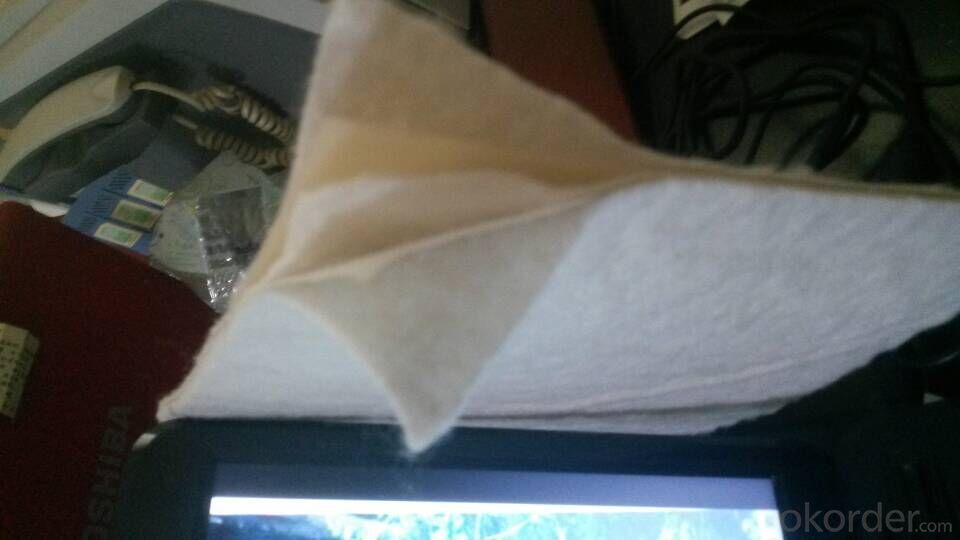

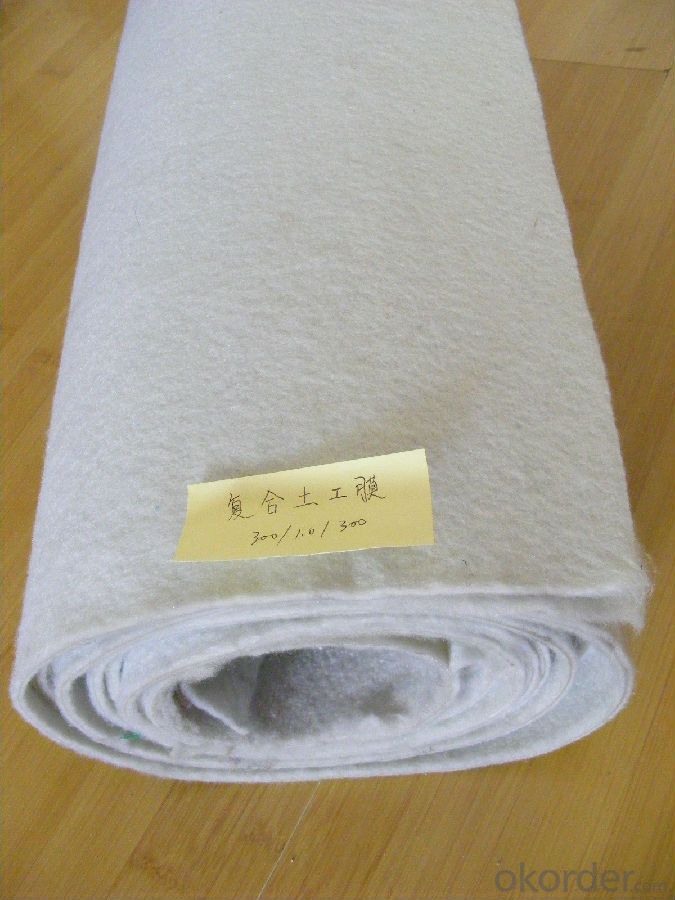

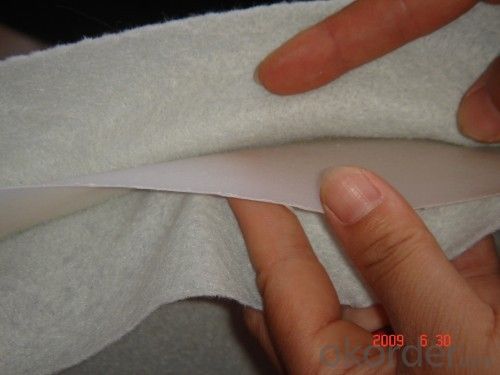
- Q:Are earthwork products resistant to chemical spills and contamination?
- Yes, earthwork products such as geosynthetics, geotextiles, and geomembranes are designed to be resistant to chemical spills and contamination. These materials are often used in environmental and containment applications where protection against chemicals, pollutants, and contaminants is crucial. They are engineered to have high chemical resistance and can effectively prevent the leakage and migration of hazardous substances.
- Q:Can geocells be used for channel protection?
- Yes, geocells can be used for channel protection. Geocells are three-dimensional cellular confinement systems made from high-density polyethylene or other materials. They provide stability and reinforcement to soil and fill materials, making them ideal for erosion control and channel protection. Geocells effectively prevent soil erosion, stabilize slopes, and enhance water flow management in channels, thereby protecting them from damage and ensuring long-term stability.
- Q:How do geotextile tubes work in dewatering and shoreline protection projects?
- Geotextile tubes are used in dewatering and shoreline protection projects by acting as containment structures for sediment, sludge, or water. They are typically filled with the material to be contained, and the permeable geotextile fabric allows water to drain out while retaining the solids. This dewatering process helps in removing excess water and reducing the volume of the material, making it easier to handle and dispose of. Additionally, when used for shoreline protection, geotextile tubes act as a barrier against erosion, preventing sediment from washing away and maintaining the stability of the shoreline.
- Q:What are the courses in adult education and construction engineering?
- Each school set up this course will be different departments, mainly in the professional focus, generally have the following similar courses, higher mathematics, English, painting geometry and engineering drawings, theoretical mechanics, material mechanics, structural mechanics , Civil engineering construction, concrete structure design principle, steel structure design principle, engineering structure seismic, construction regulations and contract management, construction engineering, engineering engineering, engineering survey, building construction, construction equipment, electrical engineering, soil mechanics and foundation, civil engineering construction Summary of Cost and Engineering Construction Supervision
- Q:What are the advantages of using geosynthetic clay liners in landfill construction?
- Geosynthetic clay liners (GCLs) offer several advantages in landfill construction. Firstly, they provide an effective barrier against the migration of contaminants, helping to protect the environment and groundwater from pollution. GCLs also reduce the permeability of the landfill, preventing the leakage of leachate and reducing the need for additional liners or drainage systems. Additionally, GCLs are easy to install and require less labor compared to traditional clay liners, saving both time and costs during landfill construction. Lastly, these liners have a high resistance to physical and chemical degradation, ensuring their long-term performance and durability. Overall, the use of geosynthetic clay liners enhances the efficiency, effectiveness, and environmental sustainability of landfill construction projects.
- Q:What are the different types of geocells available in the market?
- There are several types of geocells available in the market, including honeycomb geocells, strip geocells, and three-dimensional geocells.
- Q:How do earthwork products help with shoreline stabilization?
- Earthwork products, such as geotextiles, geogrids, and erosion control blankets, play a crucial role in shoreline stabilization. These products are designed to control soil erosion, prevent sediment runoff, and reinforce the stability of the shoreline. Geotextiles act as a filter, allowing water to pass through while retaining soil particles, which helps to prevent erosion and maintain the shoreline's integrity. Geogrids provide structural support by distributing the load across a wider area, improving stability and preventing soil movement. Erosion control blankets, on the other hand, protect the soil from water and wind erosion, promoting vegetation growth and strengthening the shoreline's resistance to erosion. In summary, earthwork products effectively mitigate erosion, reduce sedimentation, and enhance the overall stability of shorelines.
- Q:Can earthwork products be used in slope reinforcement?
- Yes, earthwork products can be used in slope reinforcement. These products, such as geotextiles, geogrids, and erosion control blankets, are specifically designed to stabilize and reinforce slopes. They help to prevent soil erosion, improve slope stability, and provide long-term support to the slopes.
- Q:How do earthwork products contribute to site development?
- Earthwork products play a crucial role in site development by providing the necessary materials for grading, leveling, and shaping the land. These products, such as fill dirt, topsoil, and gravel, help create a stable foundation for construction projects, improve drainage systems, and enhance the overall aesthetics of the site. They enable proper site preparation, ensuring that the land is suitable for building, landscaping, and other development activities.
- Q:Are earthwork products resistant to cracking and warping?
- Yes, earthwork products such as clay, concrete, and stone are generally resistant to cracking and warping. These materials have high compressive strength and stability, making them durable and less prone to deformation. However, it is important to consider factors like quality, installation, and maintenance, as these can influence the long-term performance and resistance of earthwork products.
1. Manufacturer Overview |
|
|---|---|
| Location | |
| Year Established | |
| Annual Output Value | |
| Main Markets | |
| Company Certifications | |
2. Manufacturer Certificates |
|
|---|---|
| a) Certification Name | |
| Range | |
| Reference | |
| Validity Period | |
3. Manufacturer Capability |
|
|---|---|
| a)Trade Capacity | |
| Nearest Port | |
| Export Percentage | |
| No.of Employees in Trade Department | |
| Language Spoken: | |
| b)Factory Information | |
| Factory Size: | |
| No. of Production Lines | |
| Contract Manufacturing | |
| Product Price Range | |
Send your message to us
Three Layers Geotextile Composite Geomembrane
- Loading Port:
- Qingdao
- Payment Terms:
- TT or LC
- Min Order Qty:
- 1000 m²
- Supply Capability:
- 500000 m²/month
OKorder Service Pledge
OKorder Financial Service
Similar products
New products
Hot products
Hot Searches
Related keywords
